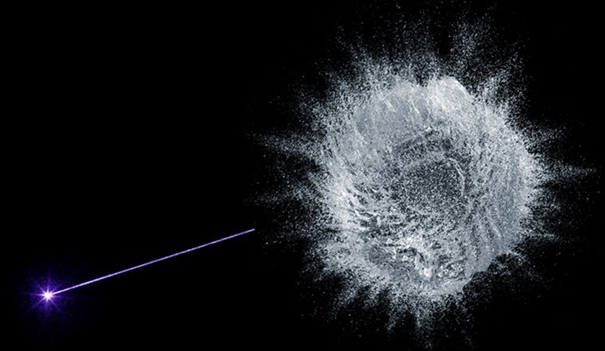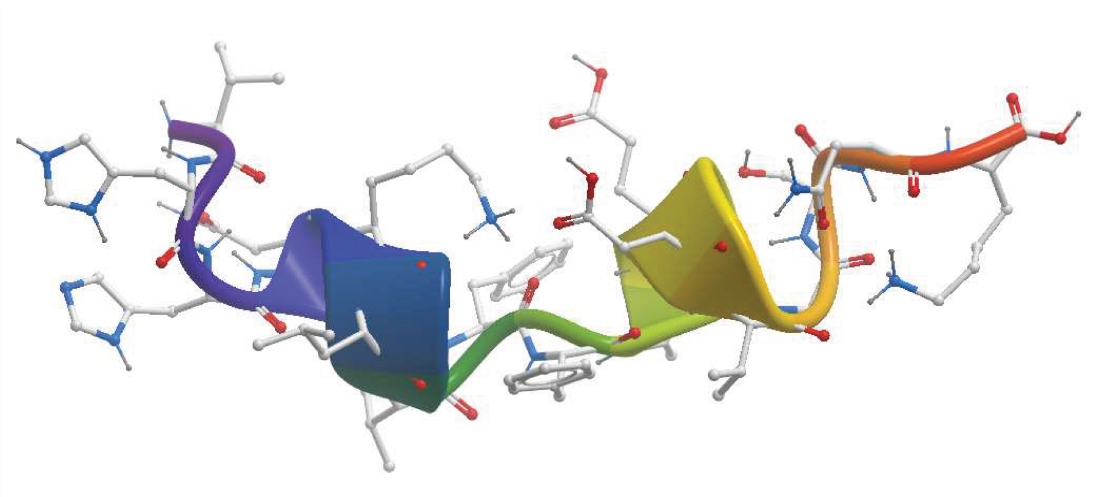
The biological functions of
biomolecules
(proteins, DNA, RNA) are intimately linked to their secondary or
tertiary structure. The knowing of biomolecules excited states
and the way they de-excite is also of fundamental interest to
understand the reactions in which they are engaged and the way
they protect themselves from natural light or ionizing
radiations (radiotherapy, hadrontherapy).
The way small radiosensitizers enter the nucleus and enhance therapeutic effects is closely related to their structure. Determining the structures of complexes between small drugs and macromolecules is of first interest to understand vectorization or to prototype biosensers.
The way small radiosensitizers enter the nucleus and enhance therapeutic effects is closely related to their structure. Determining the structures of complexes between small drugs and macromolecules is of first interest to understand vectorization or to prototype biosensers.
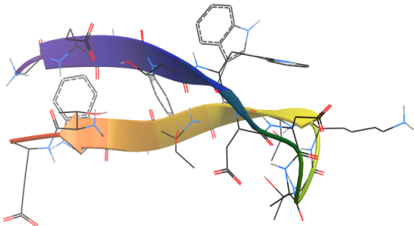
The Biomolecules and
Spectroscopy group investigates these topics using the powerful
tools of the gas phase.
Species of interest are isolated, which allow for stoichiometric control.
We combine different probes such as ion mobility spectrometry and action spectroscopies (IR and UV spectroscopies).
The analysis is performed by mass spectrometry.
Species of interest are isolated, which allow for stoichiometric control.
We combine different probes such as ion mobility spectrometry and action spectroscopies (IR and UV spectroscopies).
The analysis is performed by mass spectrometry.
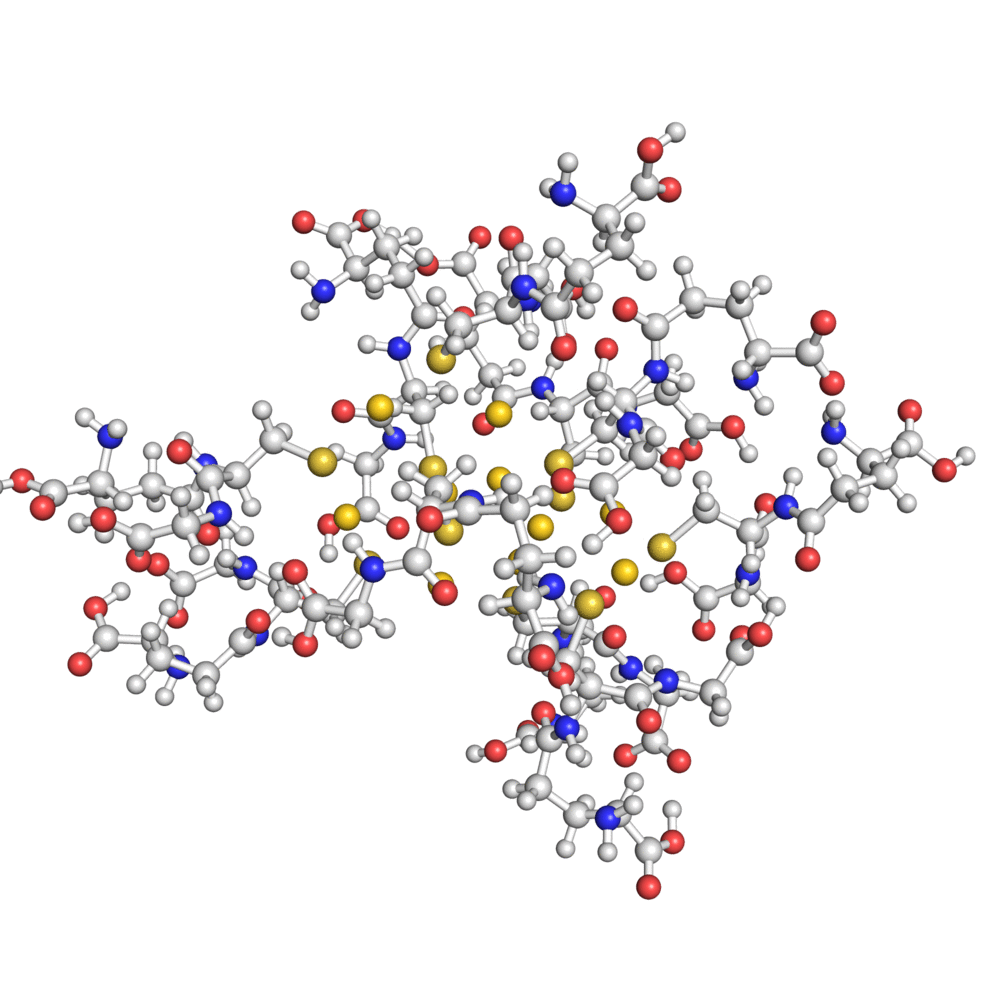
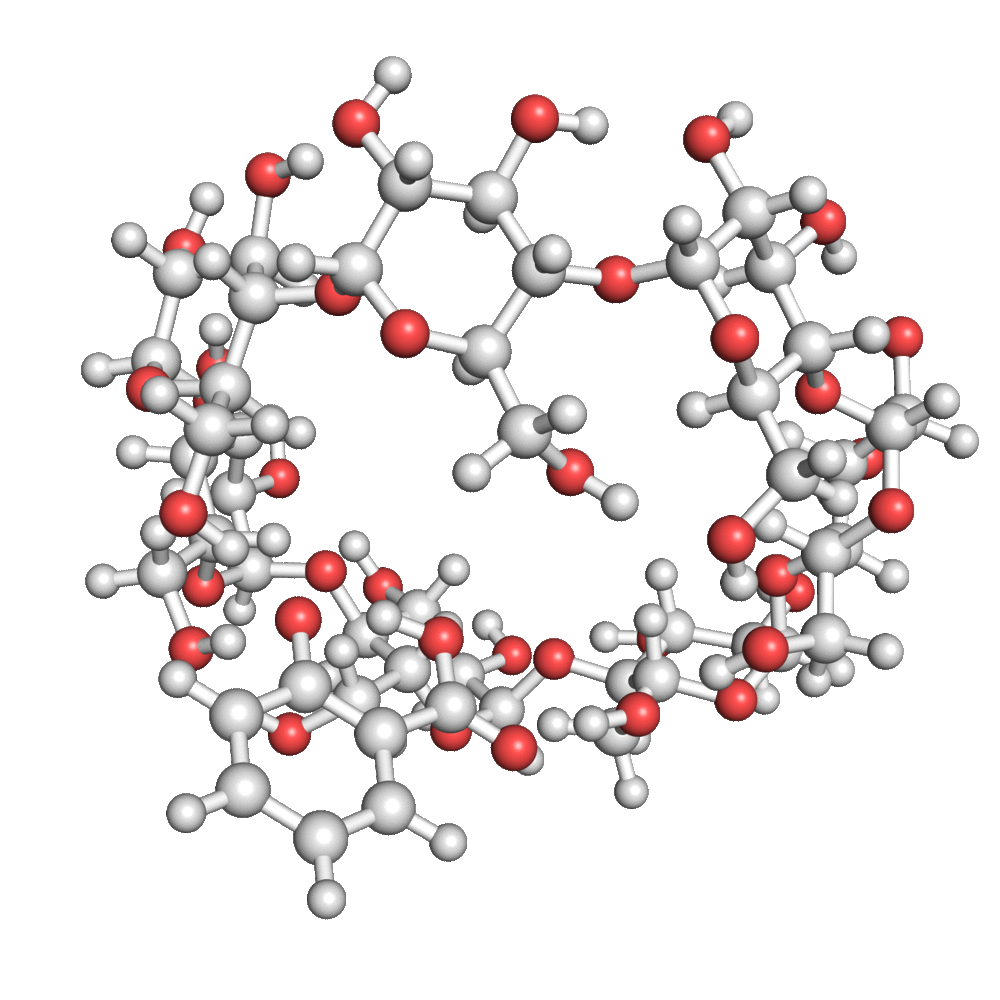
We perform quantum
chemistry calculations to interpret experimental spectra
and to get structural information.
Isolated species are ideal objects for these calculations. Nevertheless, the lack of environment makes difficult any extrapolation to the condensed phase.
Taking into account the role of ubiquitous water is a key step to bridge the gap between gas phase and condensed phase studies.
Isolated species are ideal objects for these calculations. Nevertheless, the lack of environment makes difficult any extrapolation to the condensed phase.
Taking into account the role of ubiquitous water is a key step to bridge the gap between gas phase and condensed phase studies.
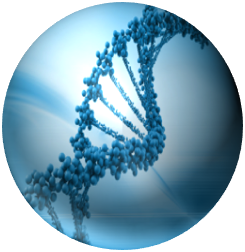
We are currently developing
an innovative gas phase source in order to generate small
biomolecules and hydrated biomolecules in the gas phase to
subsequently analyse their structure by cold infrared
spectroscopy coupled to mass spectrometry. This source is based
on the laser
desorption of water microdroplets directly under vacuum.
We aim at performing structural studies on biomolecules in their native conformation and on hydrated molecular systems, the hydrated clusters being directly extracted from the liquid phase under vacuum.
Droplets under vacuum also offer the possibility to be used as micro-laboratories to mimic the cell environment, to explore radical chemistry or to study nucleation phenomena leading to aerosols.
We aim at performing structural studies on biomolecules in their native conformation and on hydrated molecular systems, the hydrated clusters being directly extracted from the liquid phase under vacuum.
Droplets under vacuum also offer the possibility to be used as micro-laboratories to mimic the cell environment, to explore radical chemistry or to study nucleation phenomena leading to aerosols.
